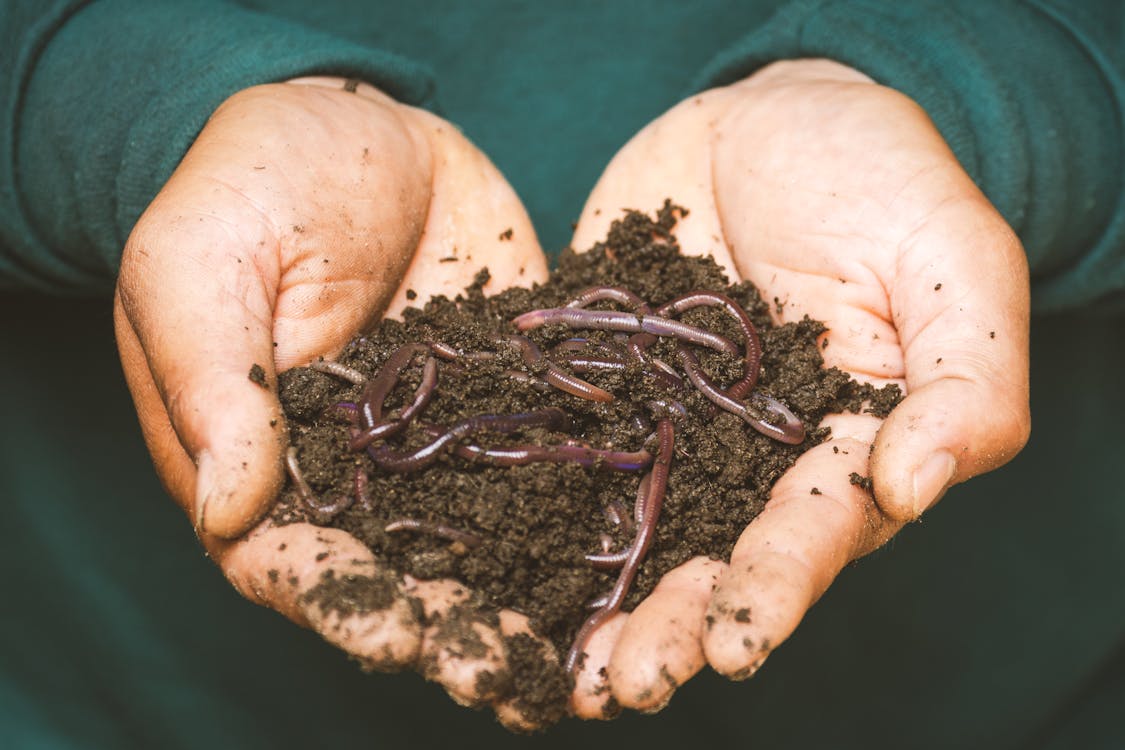Composting is one of the easiest and most rewarding ways to reduce waste, enrich your garden, and contribute to a more sustainable lifestyle. When I first started composting at home, I was amazed at how much organic waste I could transform into rich, nutrient-packed soil. In this guide, I’ll walk you through everything you need to know about making compost at home, from selecting the right materials to maintaining a healthy compost pile.
Why Composting Matters
Before diving into the “how-to,” let’s talk about why composting is so important. Organic waste makes up a significant portion of household trash, and when it ends up in landfills, it produces methane—a potent greenhouse gas. By composting, we not only reduce landfill waste but also create a natural fertilizer that enhances soil health without harmful chemicals.
Getting Started with Composting
1. Choosing a Composting Method
There are different composting methods depending on your space, time, and effort level:
- Backyard Composting – Ideal for those with outdoor space.
- Vermicomposting – Uses worms to break down organic matter, perfect for small spaces.
- Bokashi Composting – A fermentation-based method that works indoors.
- Tumbler Composting – Uses a rotating bin for easier aeration.
I personally started with a basic backyard compost pile, and over time, I found ways to optimize it for faster decomposition.
2. Selecting a Compost Bin
You don’t necessarily need a fancy bin to start composting, but having one can help keep things tidy. Here are some options:
- Plastic or Wooden Bins – Great for containing the compost and keeping pests out.
- DIY Compost Bins – Made from pallets or other recycled materials.
- Compost Tumblers – Rotate easily and speed up decomposition.
I repurposed an old wooden crate to make my first compost bin, and it worked wonderfully!
3. Knowing What to Compost
A successful compost pile needs a balance of greens (nitrogen-rich materials) and browns (carbon-rich materials):
✅ Greens (Nitrogen-rich)
- Fruit and vegetable scraps
- Coffee grounds and filters
- Grass clippings
- Eggshells
- Tea bags
✅ Browns (Carbon-rich)
- Dry leaves
- Cardboard (shredded)
- Paper towels (unused)
- Sawdust (untreated wood)
- Straw and hay
❌ Avoid These
- Meat, dairy, and greasy food scraps (attract pests)
- Diseased plants
- Weeds with seeds
- Plastic or synthetic materials
When I first started composting, I made the mistake of adding cooked food scraps, which attracted unwanted visitors. Learning what to include made a huge difference!
Building and Maintaining Your Compost Pile
1. Layering Your Compost
To create a balanced compost pile, alternate layers of greens and browns:
- Start with a layer of browns (dry leaves, shredded paper, or straw).
- Add a layer of greens (kitchen scraps, grass clippings).
- Repeat the layers, keeping the pile moist but not too wet.
- Turn the pile regularly to aerate and speed up decomposition.
2. Keeping the Right Balance
A good compost pile should be about 2 parts browns to 1 part greens. If your pile smells bad, it may have too many greens—add more browns. If it’s too dry and not decomposing, add more greens and a little water.
I used to neglect turning my compost, which slowed down the process. Once I started aerating it weekly, I noticed much faster breakdown!
3. Monitoring the Composting Process
Composting can take anywhere from a few months to a year. Signs of a healthy compost pile include:
- A rich, earthy smell
- A dark, crumbly texture
- Heat in the center of the pile (a good sign of decomposition!)
If your compost is too wet, add more dry materials. If it’s too dry, sprinkle some water and mix well.
Troubleshooting Common Composting Problems
Even the best composters run into issues. Here are some common problems and solutions:
| Problem | Cause | Solution |
|---|---|---|
| Bad odor | Too much green material | Add more browns and aerate |
| Slow decomposition | Not enough air or moisture | Turn pile and add water if needed |
| Pests or rodents | Meat or dairy in compost | Avoid these items, cover pile |
| Pile too dry | Not enough greens or water | Add moist greens and water |
I once had a fruit fly invasion because I didn’t bury my food scraps deep enough. Now, I always cover fresh scraps with a layer of browns!
Harvesting and Using Your Compost
After a few months, your compost will be ready to use. Here’s how to tell if it’s finished:
- It looks like dark, crumbly soil
- It has an earthy smell
- No recognizable food scraps remain
I love using my homemade compost in my vegetable garden. It improves soil texture, retains moisture, and naturally boosts plant growth. You can also use compost for:
- Houseplants
- Lawn care
- Mulching around trees
- Mixing into potting soil
Final Thoughts
Starting a compost pile at home is one of the most fulfilling things you can do for your garden and the environment. It might seem overwhelming at first, but once you get the hang of it, it becomes second nature.
If you’re new to composting, start small—maybe with a simple bin in your backyard or a small indoor composting system. Over time, you’ll find the best method that works for you, and your plants will thank you for it!
Are you ready to start composting? I’d love to hear about your experience in the comments below!

